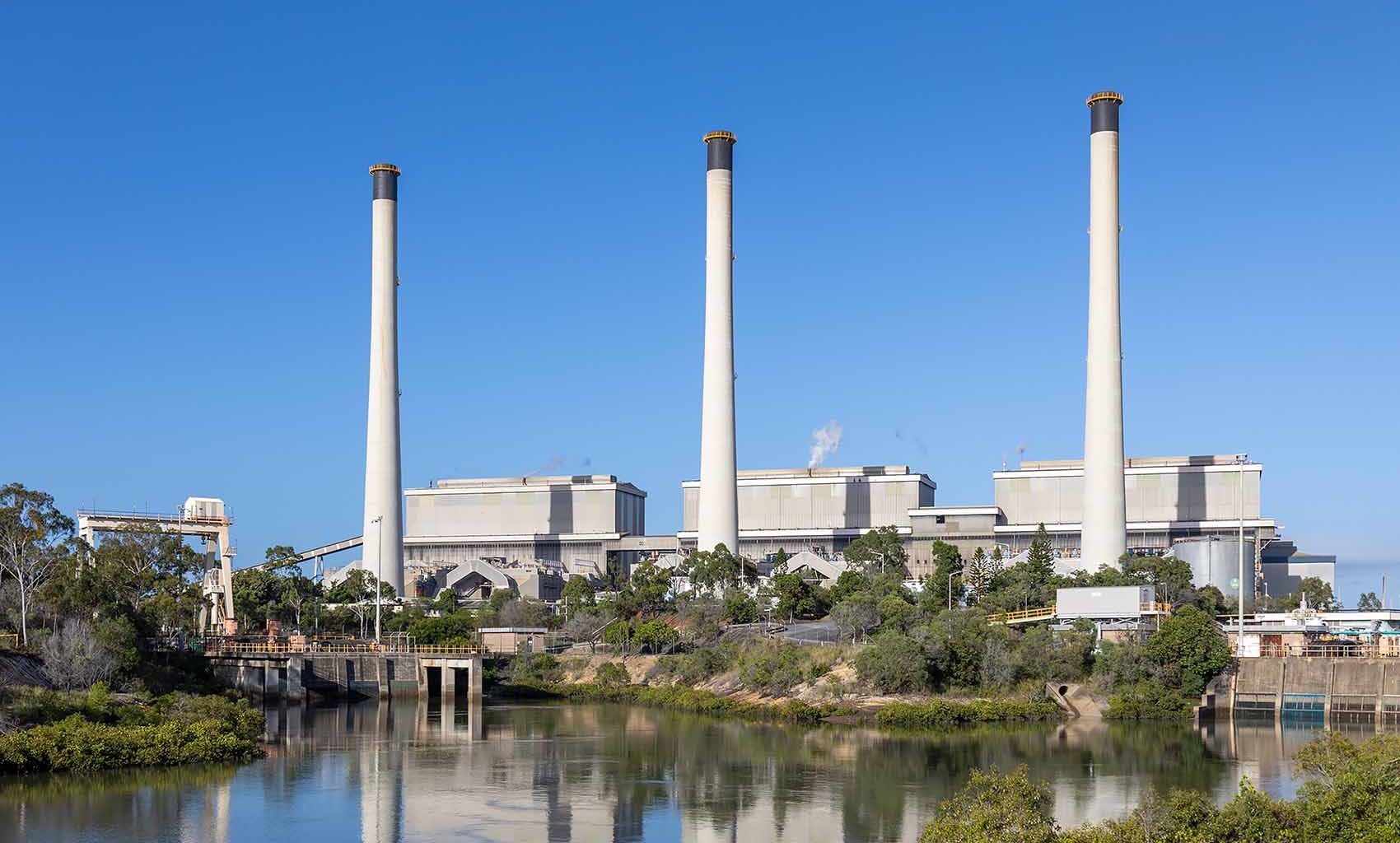The clock is now ticking for the ageing Gladstone coal-fired power station after its owners told the Australian Energy Market Operator that they’re bringing forward the closure date of the biggest power plant in Queensland by six years, to March 2029.
Part owner Rio Tinto says new closure date for the 1,680 megawatt (MW) power station – which began operations in 1976 – is now 2029, when power contracts for its Boyne smelter and Yarwun and Queensland alumina refineries expire.
But the mining giant has also left the door open to being convinced to hold off on the retirement, saying no final decision has been made and the power stations could be given an extra run “if market and other factors allow”.
The news is not surprising, given the age of the Gladstone generators and the fact that Rio Tinto has made clear that the future of its aluminium smelters and refineries in the city – the biggest energy consumers in the state – depend on a switch to renewables and storage.
But the timing of the announcement is telling. It comes just before days before the Queensland LNP government releases its new energy roadmap, having promised to scrap the state’s renewable energy targets and as multiple ministers claim that coal will power the state for “decades” to come.
Queensland premier David Crisafulli was caught unawares of the news of the closure of Gladstone when asked this morning by ABC.
National Electricity Rules require major generator to provide 3.5 years notice of closure — which Rio Tinto notes today can be extended at any time — but which the Australian Conservation Foundation’s Gavan McFadzean called a sign of a good transition.
“This is what a good transition looks like, with the company giving adequate notice of this change,” he said in a statement.
“Queensland premier David Crisafulli should stick to the climate and renewable targets he took to the state election. The market is moving. The Queensland government should not hold it back.”
Dealing in renewables
Rio Tinto has already been very clear about no longer needing nor wanting the expense or the unreliability of the coal-fired power station.
It runs the energy-hungry Boyne Smelter in Gladstone and the Yarwun and Queensland alumina refineries nearby and is the biggest energy user in the state.
In March this year, the mining giant signed a massive solar and battery storage deal with Edify Energy to secure the future of the smelter and refineries, which are among the country’s biggest consumers of energy.
The deal with Edify Energy includes a 600 megawatt (MW) / 2,400 megawatt hour (MWh) battery and 600 MW of solar from the neighbouring Smoky Creek and Guthrie’s Gap solar farms. Rio Tinto also has power purchase agreements with the proposed 1.4 GW Bungaban wind project and the 1.2 GW Upper Calliope solar project.
At the time Rio Tinto Australian chief executive Kellie Parker said the deals were integral to being able to run the far-north Queensland operations cheaply and reliably, specifically calling out “traditional energy sources” for becoming more expensive.
“Notably worse” than other coal stations
The diversification is also a safety mechanism as the ageing Gladstone smelter is “notably worse” in terms of reliability than other coal-fired generators in the NEM, according to analysis from Nexa Advisory in September.
“Its annual unplanned outage rate has averaged 18 per cent since 2012, peaking at 34 per cent in 2022 (and averaging 4,200 hours a year since 2020). This is considerably higher than the 13.7 per cent rate assumed in the Australian Energy Market Operator’s (AEMO) planning,” the report says.
It is now the second least available coal fired power station in the country.
Queensland Conservation Council director Dave Copeman says as Queensland’s biggest energy user, Rio Tinto has made it clear Gladstone isn’t part of a future energy mix.
“Rio Tinto have made this decision based on their economic assessment that renewable energy with storage is cheaper and more reliable than an ageing coal power station,” he said in a statement.
“We are calling on the Crisafulli Government to stop playing politics, and be upfront with the community by planning for the timely closure of the state’s other ageing coal power stations.
“The Premier can’t keep throwing billions of taxpayer dollars at failing and polluting coal, and cross our fingers and hope it will keep the lights on.
“We’re calling on the State Government to deliver an energy plan on 10 October that provides certainty for communities and industry by mapping out the timely closure of the State’s coal clunkers. If Rio Tinto can do it, so can they.”
Certainty is about more than knowing when coal power plants will close as new industries try to plan their rise against the volume of green energy available.
Some of which have already been lost due to decisions made by the Queensland LNP government, such as the decision to cancel funding for the Central-Queensland Hydrogen Project, the sudden closure of EPC contractor for renewables and storage projects Yurika last week, and the cancellation of funding for a national battery hub.
Beyond Zero Emissions chief researcher Matt McKee says the move to retire the Gladstone power station when backed by renewable power purchase agreements, is what is needed to protect the city’s future as an industrial powerhouse.
“Our research shows this ambition can only be realised if key bottlenecks in transmission and the renewable build-out are unblocked” he said in a statement.
“Unless these projects are built and delivered on time, Gladstone’s industries risk higher costs and delayed decarbonisation — action and delivery now matter more than announcements.”

Rachel Williamson is a science and business journalist, who focuses on climate change-related health and environmental issues.

